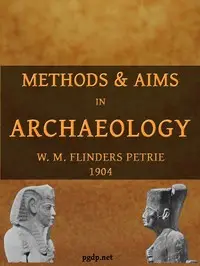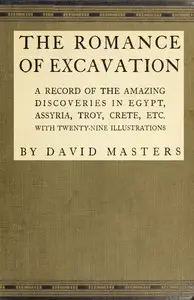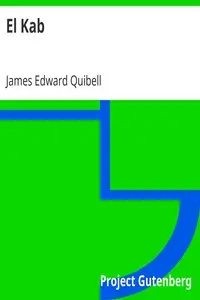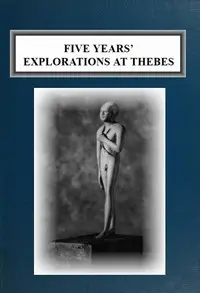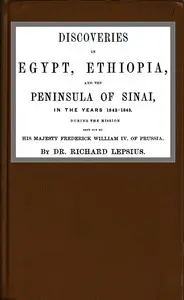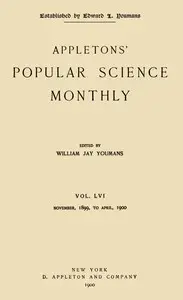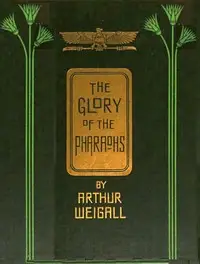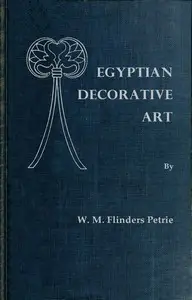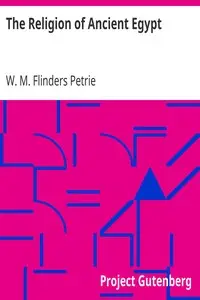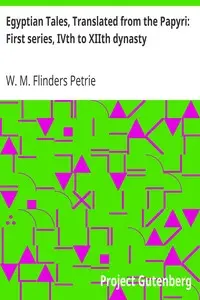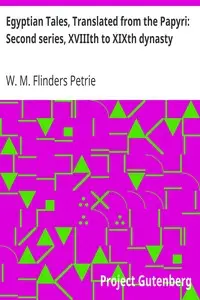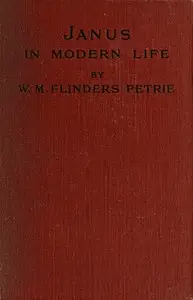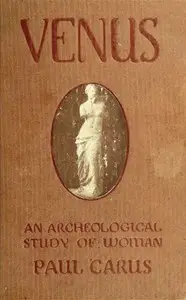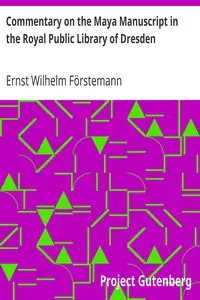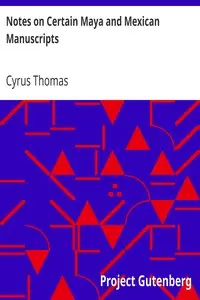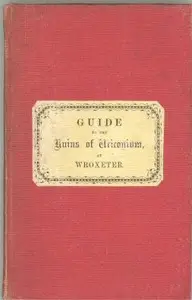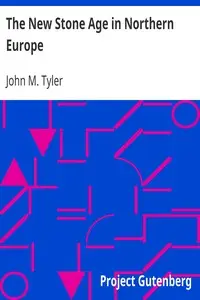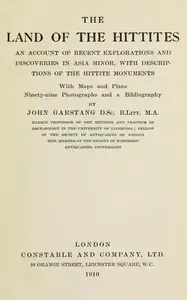"Ten Years' Digging in Egypt, 1881-1891" by W. M. Flinders Petrie is a historical record of a decade spent unearthing ancient Egyptian secrets. The story follows Petrie's archaeological expeditions across Egypt, from the famous Pyramids of Gizeh to the forgotten city of Tanis, as he meticulously studies and documents his discoveries. The author recounts his initial preparations, including living in a tomb and using scientific methods to analyze the pyramids, challenging prior theories about their construction. Through his personal experiences and precise observations, Petrie brings to light the daily life, culture, and history of ancient Egyptians, offering a unique look into the world of archaeological exploration.
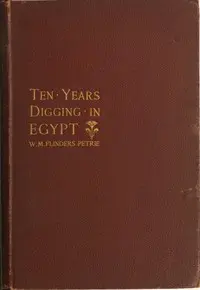
Ten years' digging in Egypt, 1881-1891
By W. M. Flinders (William Matthew Flinders) Petrie
A determined archaeologist journeys through Egypt, seeking answers to ancient mysteries through years of digging and discovery.
Summary
About the AuthorSir William Matthew Flinders Petrie, commonly known as simply Sir Flinders Petrie, was a British Egyptologist and a pioneer of systematic methodology in archaeology and the preservation of artefacts. He held the first chair of Egyptology in the United Kingdom, and excavated many of the most important archaeological sites in Egypt in conjunction with his wife, Hilda Urlin. Some consider his most famous discovery to be that of the Merneptah Stele, an opinion with which Petrie himself concurred. Undoubtedly at least as important is his 1905 discovery and correct identification of the character of the Proto-Sinaitic script, the ancestor of almost all alphabetic scripts.
Sir William Matthew Flinders Petrie, commonly known as simply Sir Flinders Petrie, was a British Egyptologist and a pioneer of systematic methodology in archaeology and the preservation of artefacts. He held the first chair of Egyptology in the United Kingdom, and excavated many of the most important archaeological sites in Egypt in conjunction with his wife, Hilda Urlin. Some consider his most famous discovery to be that of the Merneptah Stele, an opinion with which Petrie himself concurred. Undoubtedly at least as important is his 1905 discovery and correct identification of the character of the Proto-Sinaitic script, the ancestor of almost all alphabetic scripts.

